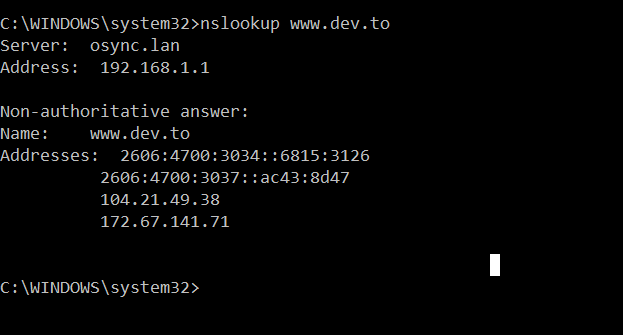1st. ping the purpose of the ping command is to check the reachability of a web-server or IOT device using the ICMP protocol. This is done by sending an echo request message to the destination host and waiting for a response. When the remote host receives the echo request, it will then respond with an echo reply packet. Not all host allow an echo reply packet to be sent back, thus causing all packets that were sent to be dropped.
2nd. tracert also known as traceroute, can trace the path that a packet takes to reach its destination. It reports the location and travel time of each hop the packet makes as it travels from device to device. I won't display this command in action because I don't want to display any of my IP address information. If you pop up a CMD terminal, and type the following tracert www.google.com, you'll be able to see the hops the packet takes to reach google.
3rd. netstat displays detailed network statics about all active connections on the host machine and how it communicates with other network devices. Lets try the following command, netstat -ano.
-a will list the open sockets in addition to active connections.
-n will display addresses and port numbers numerically.
-opresents connections with the associated process ID in each case.

Netstat is vast in its commands, so if you wish to learn more about it, I will leave links below.
4th. nslookup can be used to find IP address info that corresponds to a host. It's useful for getting information from a DNS server.
Links
https://www.ionos.com/digitalguide/server/tools/netstat-commands/
Thanks for reading
Kenji









Top comments (0)